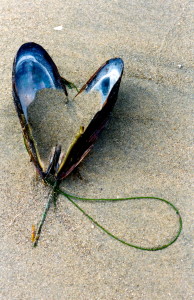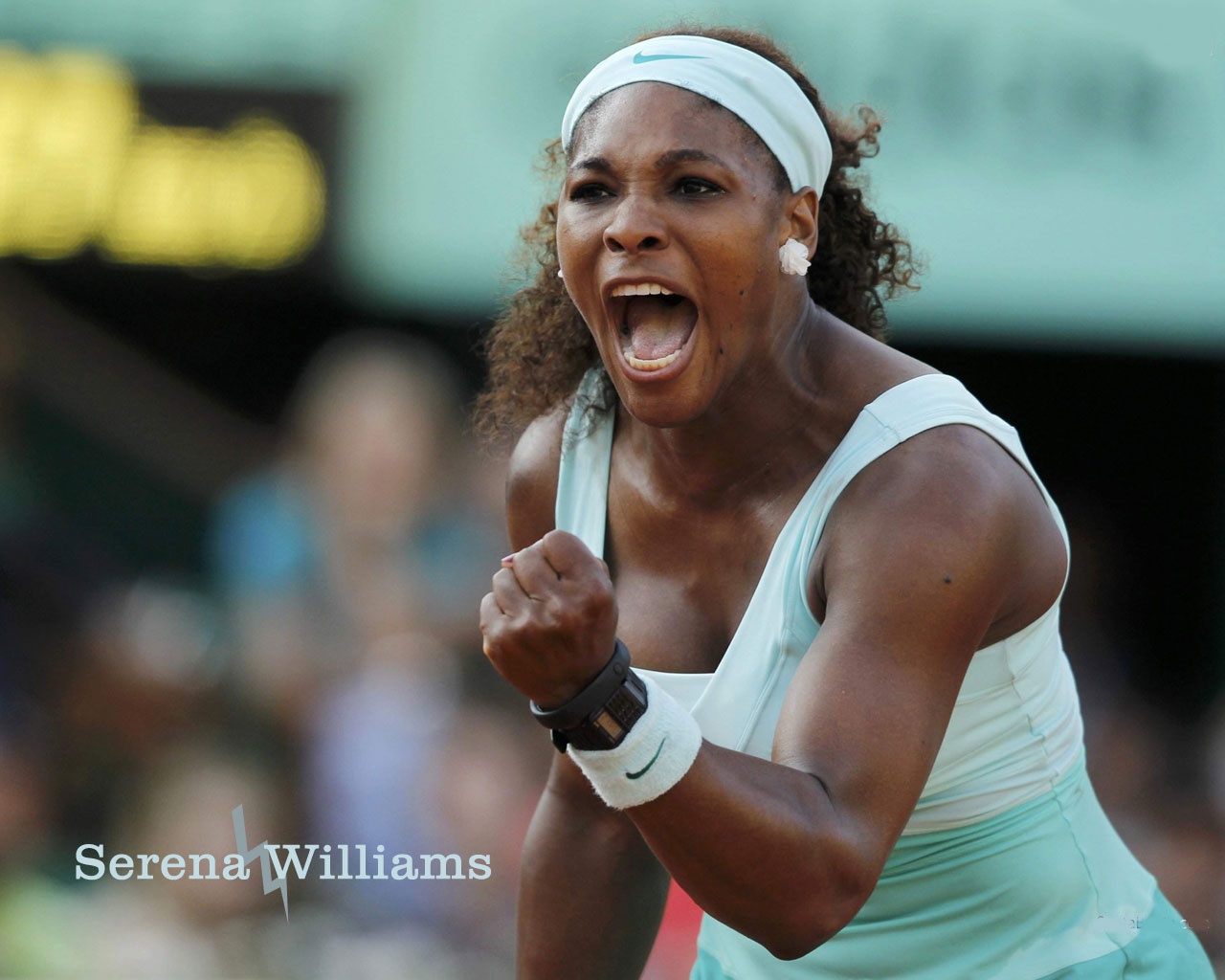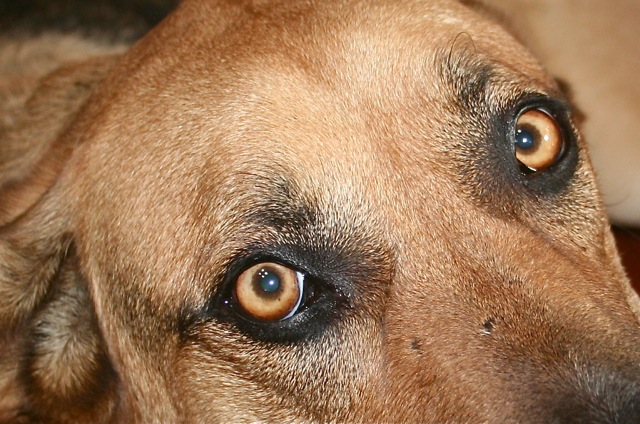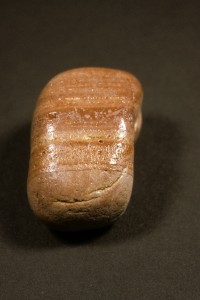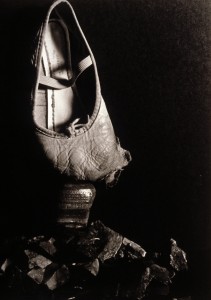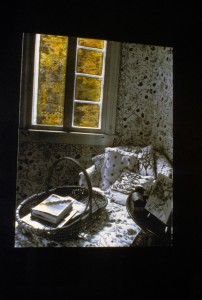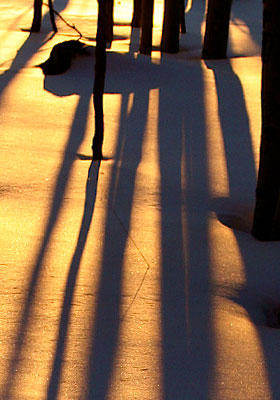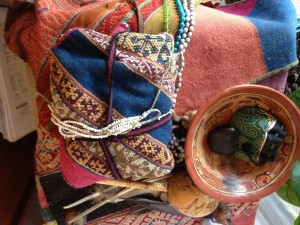 Breast Cancer Awareness month is October, and so this month I’ll be focusing on how any of us facing illness can take steps to explore more than repairs and curing. We want healing as well!
Breast Cancer Awareness month is October, and so this month I’ll be focusing on how any of us facing illness can take steps to explore more than repairs and curing. We want healing as well!
Allopathic medicine focuses on repairing what is broken and on fixing symptoms and altering structures that cause disease. I am very grateful for our advances in these areas, since I feel that allopathic medicine is responsible for at least half the reasons why I’m alive today after my two bouts with breast cancer.
And, I’m grateful for my training and experience in the other half of the story, which is about healing. The word “heal” means to make whole again. (And my birth name, Hale, comes from the same root as “heal,” and means strong and hearty. This is why I use that name as my author and professional name. I am becoming more and more “Hale.”)
When we “get” or “have” an illness, there are some steps we can take to make ourselves feel whole again.
We can remember that it’s “both…and.”
On one hand it’s horrible, frightening, evil, a bad sign, and all the other things we could say along those lines. And, it’s still true that the way the shadows of the mesquite trees are dancing on the wall outside my window is beautiful. Can I hold both the horrifying and the beautiful? Actually, I can. And so, I’ll bet, can you.
We can feed the white wolf.
Remember the story about the man who is followed by a black wolf and a white wolf? He visits the village shaman and tells him how these two wolves fight and follow him, and asks which one will win. “The one you feed,” is the answer. How can you feed the white wolf of beauty, truth and meaning right now?
We can decide to be the well ones.
There is plenty of toxic, sick, fearful, angry energy in our world. We are all tempted to join in, and when we do, we feed that black wolf. So we can decide to say Yes to life, even with its pain and imperfection. We can decide to be healthy emotionally and spiritually even when our body is suffering, and to have well-being.
How do we accomplish these three things? I think we draw on the creative energy within us. For creativity isn’t limited to art; it refers to the ability we have to decide, to make choices, to change and shift things in ways that affect our destiny.
The Divine One isn’t the only Creator; we are co-creators.
Healing involves our claiming our role as co-creators.
We stepped into a world that was already formed, but we create our own experience every day. We create the world within. We create the lens we use to see ourselves and our lives.
How will you create wellness and wholeness for yourself today?
This post was adapted from the original, which appeared as Creativity & Healing on theSpiritedWoman.com.

